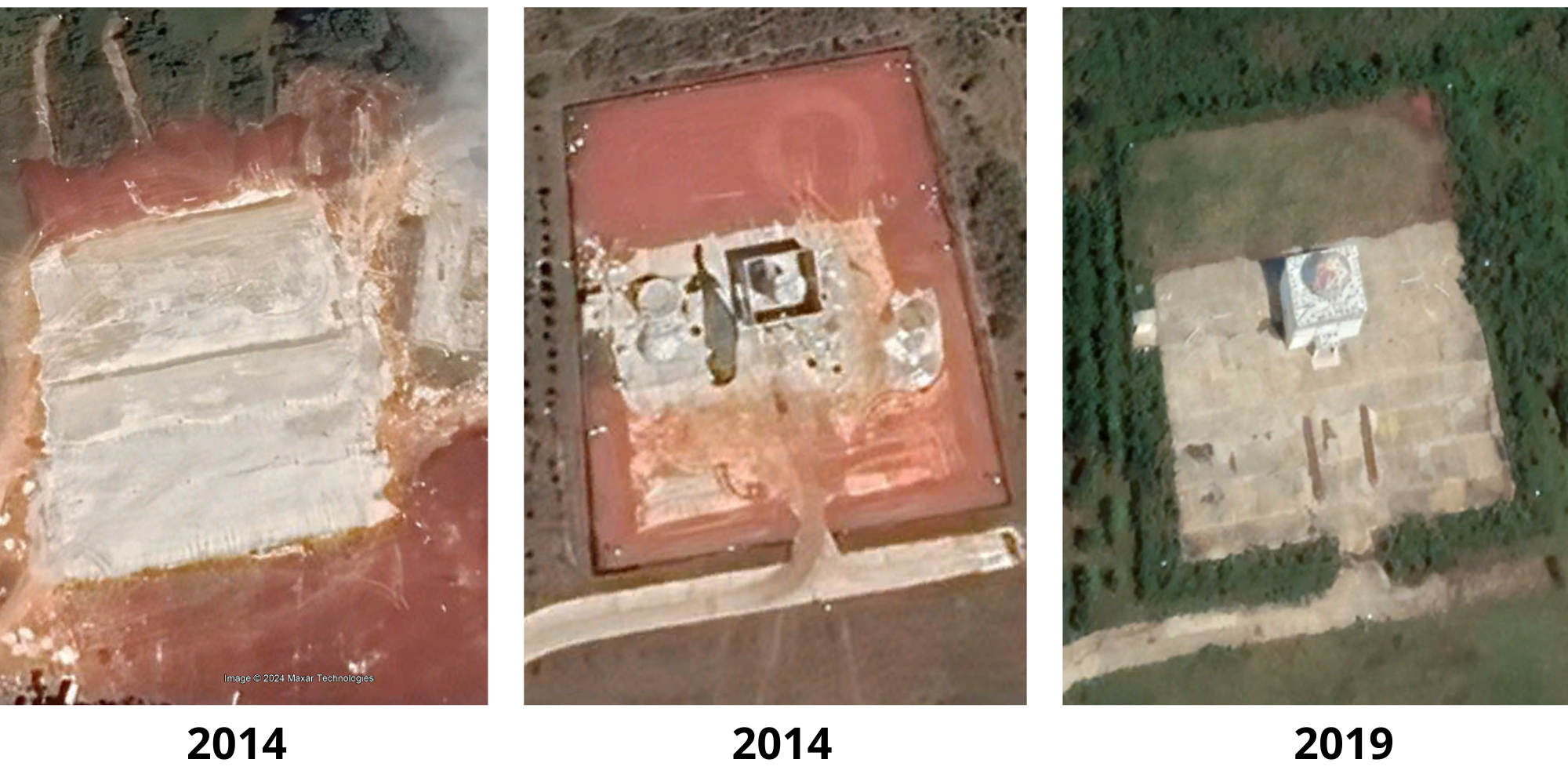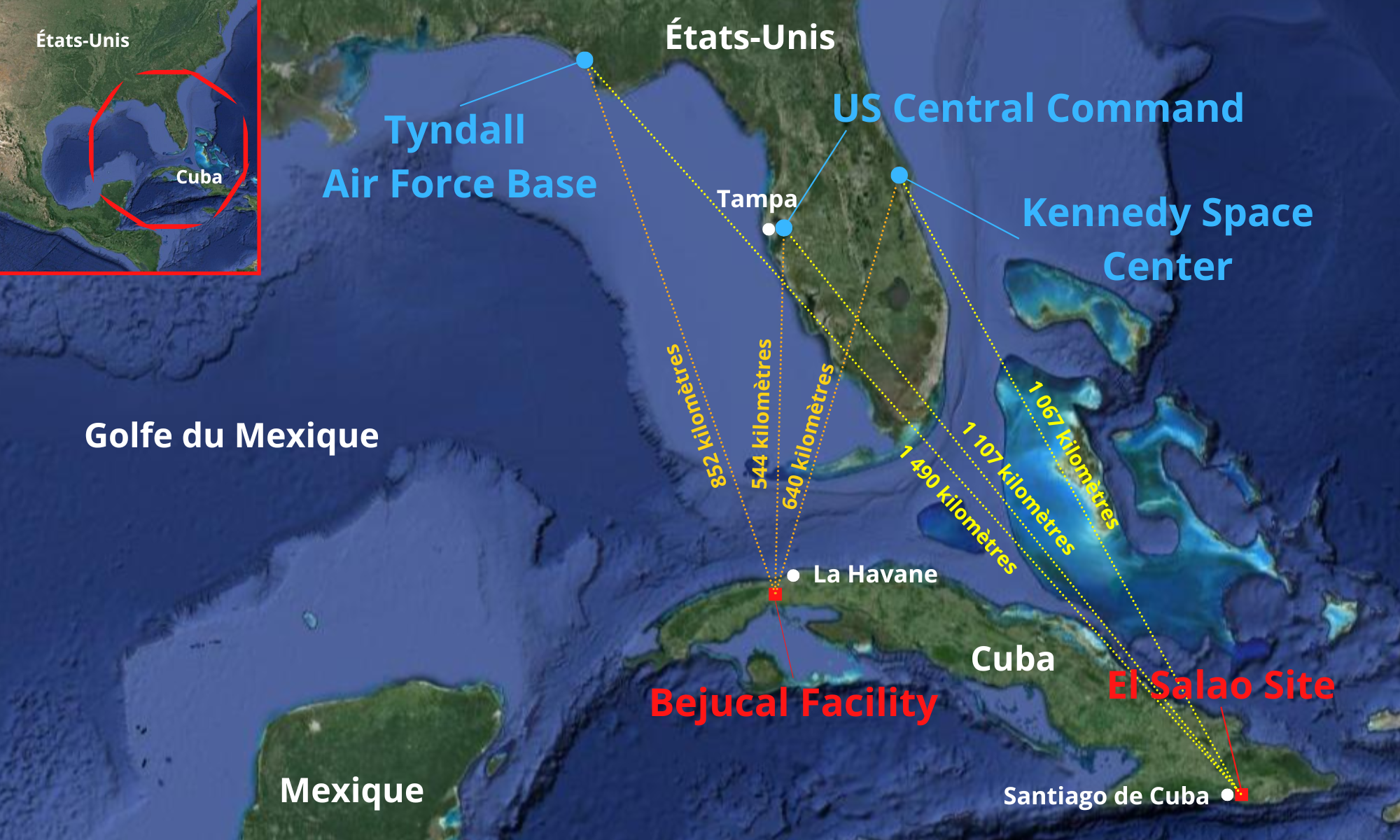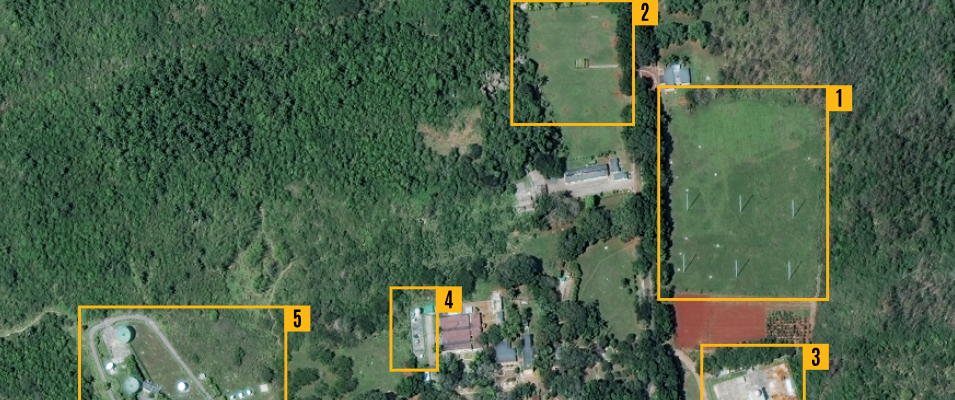A study by the Center for Strategic and International Studies in Washington has just uncovered espionage activities in Cuba attributed to China. The research center has collected satellite images of several military sites capable of collecting intelligence in the United States. China has not commented, while Cuba speaks of an intimidation campaign. The images make it possible to determine the use of the installed systems, but their origin is more difficult.
During the Cold War, Cuba was at the forefront of the Cold War. The Soviet Union had its largest center for listening to and interpreting electromagnetic signals outside the USSR. The collapse of the Soviet Union led to a significant decline in military cooperation with Moscow.
In the years that followed, China sought to strengthen its ties with Cuban authorities, well aware of the strategic position occupied by the communist island, 200 km off the coast of Florida, in the southern United States. Beijing’s aid initially took the form of debt relief.
Strategic position
In June 2023, several American media outlets had mentioned an agreement between Havana and Beijing to set up a spy base to capture data in the United States. The CSIS has clearly identified four sites that could be used: Bejucal near Havana, Wajay located nearby, Calabazar and El Salao on the other side of the island.

Looking closely, one can learn a lot about these sites. Some are more active than others. Bejucal was already known during the Cold War for hosting Soviet nuclear weapons storage sitesConstruction of the El Salao antenna network, built in the middle of the forest in the eastern part of the island, only began in 2021.
A quick consultation of satellite images available on tools such as Google Earth confirms this. While experts can easily deduce the functions of the different sites by observing the locations, orientations, and shapes of the antennas, it is more difficult, with means accessible to the general public (Osint), to know precisely who benefits from these installations. However, all eyes are turning to China.
Mutual accusations
“ We know that China will continue to try to strengthen its presence in Cuba and we will continue to try to disrupt these efforts », Pentagon spokesman Pat Ryder told reporters Tuesday, July 2. We continue to monitor the situation closely and take steps to counter it. ” he added, refusing to give any details.
Cuban Deputy Foreign Minister Carlos de Cossio denounced on Tuesday a campaign of intimidation against Cuba. Without citing any verifiable source or evidence, he seeks to scare the public with legends about Chinese military bases that do not exist and that no one has seen, including the US embassy in Cuba. ” he wrote on the social network X after the publication earlier this week of an article by the Wall Street Journal.
Cuban authorities reject Washington’s accusations
“ For Beijing, having access to Cuba’s electromagnetic signal analysis (Sigint) capabilities would open a significant window of intelligence inaccessible from Chinese territory. (…) Even limited access to this equipment would give China a much greater surveillance and communications capability with its own space assets flying over the other side of the globe. ” write the authors of the CSIS/Hidden Reach report.
In recent years, Chinese attempts to spy on the United States have made headlines. In early 2023, the US military intercepted and destroyed a Chinese spy balloon flying over US territory. A new intrusion was also revealed in early 2024 by the US military. With each episode, tensions rise between Beijing and Washington. It would therefore be quite logical for China to seek more effective and less vulnerable means of listening and monitoring. Beijing already has relatively significant experience in this area, having installed radars on reefs whose sovereignty is contested in the China Sea for around ten years.
Overall, both the United States and China regularly accuse each other of spying on each other. Beijing accuses Washington and its intelligence agencies (CIA and NSA) of being by far the largest spying organizations in the world.
What do the observations say?
To summarize, the photos collected by the CSIS allow us to differentiate two large families of sensors. Some look like forests of vertical masts (pylons). Others are shaped like plates (parabolas), or like mushrooms when the antennas are protected by radomes.
In Bejucal, there is a field of dipole antennas, and a network of 16 masts installed in a circle. On the other side of the island, a site under construction in El Salao, in the region of Santiago de Cuba, has almost the same geometry. This is, again, a network of antennas arranged in a circle. According to the American research center, they make it possible to collect intelligence from several thousand kilometers away.

” They allow radio conversations to be listened to, but above all they allow databases to be filled, by developing models drawn from observations and listening (…) For example, an American warship that goes around Florida will have no reason to be suspicious because it is at home, but the radio signals that it will emit will allow a specific signature to be defined that could subsequently be used by the Chinese military in the Pacific. “, explains a French expert consulted by RFI and preferring to remain anonymous.
Another emblematic case, in Calabazar, we find this time more than ten parabolic antennas which can be pointed towards space. Cuba is in an area close enough to the United States to pick up satellite communications as they descend toward Earth (…) These may be conversations, which can be partially recovered, listened to, and archived, but also military data, which can be stored and whose encryption will be broken later. “, continues this specialist.
” Satellite dishes and radars can be used to track the path of rockets taking off from Florida. Spies can also retrieve telemetry, i.e. all the data sent to NASA teams on the ground, to find out if the flight is going well. “.

It should be noted that Cuba does not have its own space program or satellite, which according to the CSIS means that ” The observed space tracking capabilities are likely intended to monitor the activities of other nations “. ” For technical and financial reasons, everything suggests that it was the Chinese who invested in Cuba, but at the moment the Russians have other concerns. “, concludes the expert contacted by RFI.
